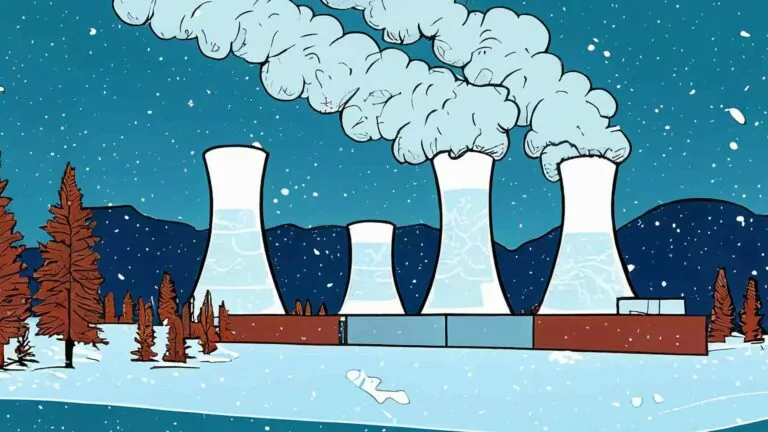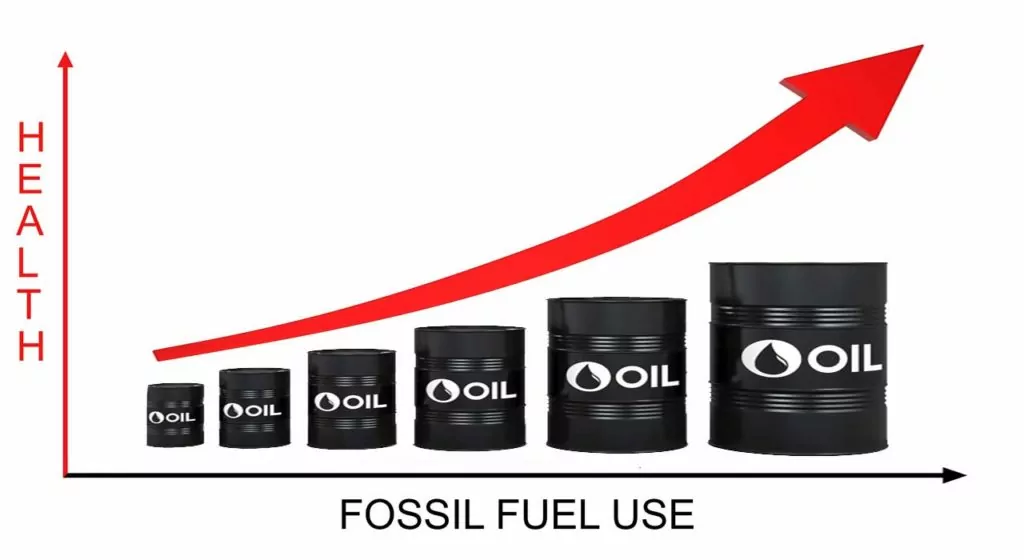Fossil fuels are essential to the modern world
“Magical” thinking won’t provide us with the energy we need
****
Concern about climate change has reached a fever pitch with Canada’s Environment and Climate Change Minister Catherine McKenna calling it a “climate emergency.” Her motion in Parliament on June 17, which was passed overwhelmingly, 186 to 63, described climate change as a “real and urgent crisis, driven by human activity, that impacts the environment, biodiversity, Canadians’ health and the Canadian economy.”
The burning of fossil fuels is considered to be a major culprit in global warming. Thus a principal thrust of climate change activism is to switch from using fossil fuels to carbon-free, renewable energy sources in order to create a “new energy economy.” Wind power, solar power, and battery technology are the key elements of this strategy.
Those who support this move to “green energy” often oppose further development of petroleum resources, effectively shutting in the ground the vast energy wealth of western Canada.
However, physicist Mark P. Mills of Northwestern University’s McCormick School of Engineering and Applied Science has recently completed a paper that challenges the idea that such a new energy economy is even possible. This paper, The “New Energy Economy”: An Exercise in Magical Thinking, was published in March 2019 by the Manhattan Institute, a conservative think tank based in New York.
THE PROPOSED SOLUTION
Advocates of the new energy economy claim that recent technological developments are making renewable energy so cheap and plentiful, that soon the world will no longer need hydrocarbons, i.e., oil, natural gas, and coal.
The modern wind turbine, commercially viable solar technology, and the lithium battery were all first created about fifty years ago. They have become much more efficient and practical since that time. As Mills points out, "Over the decades, all three technologies have greatly improved and become roughly 10-fold cheaper."
PROBLEMS WITH THE “SOLUTION”
1. Fossil fuels still power modern society
While there have been significant advances in renewable energy, as Mills states, there are inherent physical limitations that will prevent any known renewable energy source from displacing fossil fuels. As things currently stand, hydrocarbons supply about 84% of the world’s energy. That is only slightly lower than the 87% of twenty years ago. But over those twenty years, world energy consumption rose by 50%, which means that there was, in fact, a huge increase in overall fossil fuel usage.
In comparison, wind and solar energy currently provide only 2% of the world’s energy and 3% of the energy used in the United States. And none of the renewable energy sources can hold a candle to fossil fuels when it comes to “energy density” which is the amount of energy contained in any particular unit. Mills writes, "The high energy density of the physical chemistry of hydrocarbons is unique and well understood, as is the science underlying the low energy density inherent in surface sunlight, wind volumes, and velocity."
2. Wind and solar is intermittent
Besides their low energy density, wind-generated power and solar-generated power are not consistent sources because they depend upon the wind to blow and the sun to shine. The wind does not blow all the time, and the sun does not shine all the time. As a result, they produce energy only about 25%-30% of the time. This is much lower than conventional power plants. Therefore, when wind and solar power production are used, backup power plants fueled by hydrocarbons need to be available to cover the gaps. This amounts to an admission that hydrocarbons are more reliable.
As Mill concludes,
"The issue with wind and solar power comes down to a simple point: their usefulness is impractical on a national scale as a major or primary fuel source for generating electricity. As with any technology, pushing the boundaries of practical utilization is possible but usually not sensible or cost-effective.”
3. Batteries don’t help much, and also hurt
But wouldn’t wind and solar become more practical if we could store their output via batteries? Well, tremendous progress in improving the efficiency of batteries has occurred in recent years. However, they remain vastly inferior to petroleum for storing energy. Mill writes,
"$200,000 worth of Tesla batteries, which collectively weigh over 20,000 pounds, are needed to store the energy equivalent of one barrel of oil. A barrel of oil, meanwhile, weighs 300 pounds and can be stored in a $20 tank. Those are the realities of today’s lithium batteries."
And batteries will never have the energy storage capacity of fossil fuels: "The energy stored per pound is the critical metric for vehicles and, especially, aircraft. The maximum potential energy contained in oil molecules is about 1,500% greater, pound for pound, than the maximum in lithium chemistry." To put this in a bigger context:
"The $5 billion Tesla ‘Gigafactory’ in Nevada is currently the world’s biggest battery manufacturing facility. Its total annual production could store three minutes’ worth of annual U.S. electricity demand. Thus, in order to fabricate a quantity of batteries to store two days’ worth of U.S. electricity demand would require 1,000 years of Gigafactory production."
Manufacturing batteries consumes a large amount of energy. It also creates a high volume of carbon emissions, which is what the new technologies are meant to eliminate. China produces, by far, the largest number of batteries of any nation. Mill writes,
“70% of China’s grid is fueled by coal today and will still be at 50% in 2040. This means that, over the life span of the batteries, there would be more carbon-dioxide emissions associated with manufacturing them than would be offset by using those batteries to, say, replace internal combustion engines.”
4. Green energy has built-in limitations
Even with more advanced technological development, wind and solar power will never be able to produce energy on the scale of fossil fuels. As Mills points out, "The physics-constrained limits of energy systems are unequivocal. Solar arrays can’t convert more photons than those that arrive from the sun. Wind turbines can’t extract more energy than exists in the kinetic flows of moving air. Batteries are bound by the physical chemistry of the molecules chosen."
CONCLUSION
Mills concludes that fossil fuels are essential to the modern world and won’t be phased out any time soon: "Hydrocarbons – oil, natural gas, and coal – are the world’s principal energy resource today and will continue to be so in the foreseeable future. Wind turbines, solar arrays, and batteries, meanwhile, constitute a small source of energy, and physics dictates that they will remain so. Meanwhile, there is simply no possibility that the world is undergoing – or can undergo – a near-term transition to a 'new energy economy.'"
In short, fossil fuels will continue to be necessary sources of energy for the foreseeable future. Therefore, the development of petroleum resources, such as those in western Canada, must be permitted to continue. The alternative to fossil fuels isn’t clean energy – the alternative is to not have much energy at all....












